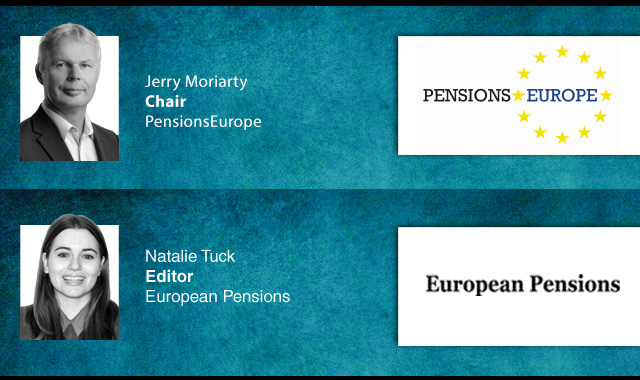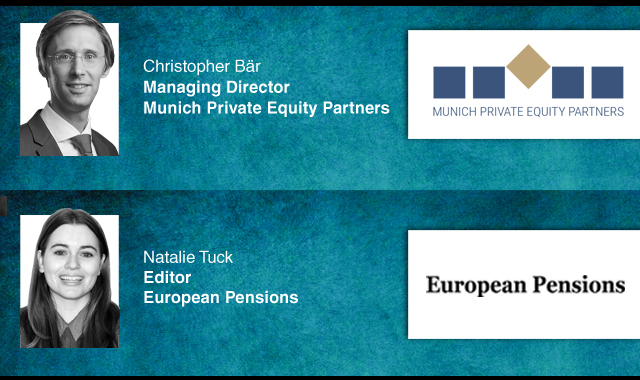Iceland's Frjálsi Pension Fund has delivered mixed returns in the first nine months of 2025, with bond-weighted investments thriving, but most investments delivering negative returns.
The fund’s bond-weighted investment options achieved the highest returns so far this year, with nominal returns ranging from 0.3 per cent to 5.3 per cent, and real returns from -3.7 per cent to 2.2 per cent, according to the latest figures.
Meanwhile, the Frjálsi 3 portfolio delivered the most substantial nominal return at 5.3 per cent, followed by Frjálsi 2 at 2.8 per cent, Frjálsi 1 at 1.0 per cent, and Frjálsi Áhætta (the high-risk option) at 0.3 per cent.
However, adjusted for inflation, all but the two most bond-heavy funds posted negative real returns, with Frjálsi Áhætta and Frjálsi 1 returning -3.7 per cent and -2.8 per cent respectively.
By contrast, 2024 was a highly positive year for Frjálsi savers, with equity-weighted vehicles driving growth.
That meant nominal returns ranged from 8.9 per cent to 15.3 per cent, producing real returns of 4.1 per cent to 10.5 per cent.
The fund noted that recent developments in global markets underscored the importance of diversification, as its investment strategy aims to balance exposure across asset classes, industries and geographies to mitigate volatility.
Nonetheless, Frjálsi’s longer-term results remained robust, with annualised 10-year nominal returns of 7.4 per cent for Frjálsi Áhætta, 7.3 per cent for Frjálsi 1, 6.6 per cent for Frjálsi 2, and 6.0 per cent for Frjálsi 3.
Over five years, nominal returns range from 7.3 per cent to 5.4 per cent, while real returns range from 0.9 per cent to -0.8 per cent.
The fund emphasised that while short-term performance can fluctuate, long-term returns matter most to savers.
“Fluctuations are a natural part of investing, especially in higher-risk options, but diversification remains key,” Frjálsi stated.
Indeed, after a buoyant 2024, 2025 has been characterised by adjustment and stabilisation.
Despite persistent inflation and high interest rates, Iceland’s strong tourism sector has provided some tailwinds.
The Central Bank of Iceland has maintained its policy rate at 7.5 per cent, with inflation easing to 4.1 per cent year-on-year (3.2 per cent excluding housing), still above target.
The next rate decision is scheduled for 19 November.
Meanwhile, economic activity has softened, with unemployment averaging 4.1 per cent in the first nine months - up 0.6 percentage points year-on-year - but GDP growth is still forecast at 2.2 per cent for 2025.
The Icelandic króna has remained firm, supported by a robust export sector and tourism inflows, though wage pressures and housing market tensions continue to drive inflation.
Latest News
-
IAPF calls for guided retirement pathways to prevent ‘significant barrier’ of ISD
-
Velliv reports strong year-end returns amid improved market sentiment
-
Three trends reshaping pension systems worldwide - ETK
-
Denmark’s PFA completes DKK 40bn investment switch
-
News in brief: 12 December
-
NBIM ‘all-in on AI’ as it publishes updated strategy
Podcast: Stepping up to the challenge

In the latest European Pensions podcast, Natalie Tuck talks to PensionsEurope chair, Jerry Moriarty, about his new role and the European pension policy agenda
Podcast: The benefits of private equity in pension fund portfolios

The outbreak of the Covid-19 pandemic, in which stock markets have seen increased volatility, combined with global low interest rates has led to alternative asset classes rising in popularity. Private equity is one of the top runners in this category, and for good reason.
In this podcast, Munich Private Equity Partners Managing Director, Christopher Bär, chats to European Pensions Editor, Natalie Tuck, about the benefits private equity investments can bring to pension fund portfolios and the best approach to take.
In this podcast, Munich Private Equity Partners Managing Director, Christopher Bär, chats to European Pensions Editor, Natalie Tuck, about the benefits private equity investments can bring to pension fund portfolios and the best approach to take.
Mitigating risk
BNP Paribas Asset Management’s head of pension solutions, Julien Halfon, discusses equity hedging with Laura Blows
© 2019 Perspective Publishing Privacy & Cookies





Recent Stories